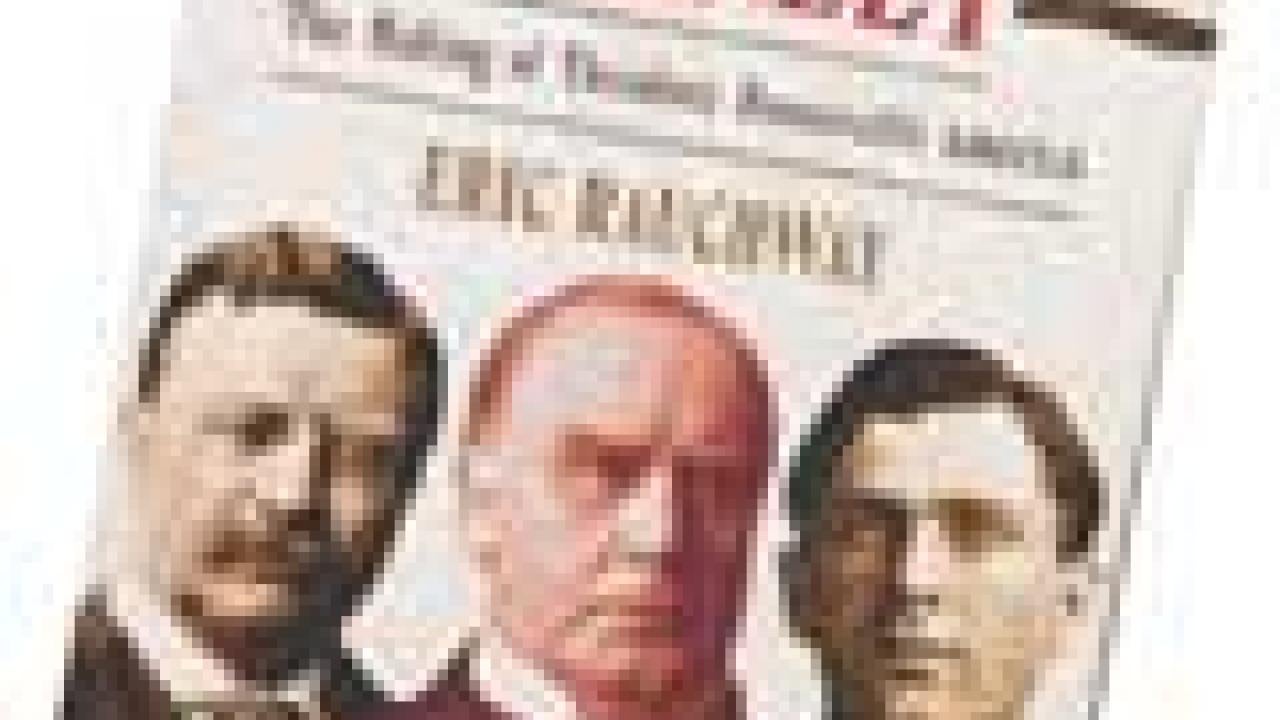Long before 9/11, Americans learned how to live with "the fear that a formless global collusion of madmen and thugs wanted to kill us just for being who we are," says UC Davis historian Eric Rauchway.
In his new book, "Murdering McKinley: The Making of Theodore Roosevelt's America,'' published last week by Hill & Wang, Rauchway details the story of the 1901 terrorist attack in Buffalo, N.Y., that struck at the heart of a new American empire.
Although it was just the latest in a decades-long string of attacks on Western nations, Rauchway argues that the response of American leaders above all, Theodore Roosevelt, established a plan for deflecting the hate that inspired such assaults.
"Even as Roosevelt denounced the evil of terrorism, he used it to invoke the better angels of American nature against the shortcomings of his own society," Rauchway says.
Roosevelt believed the business cycle needed regulating, not the least to prevent the emergence of radicals and to deflect their attention from American institutions.
"It was a conservative method of thwarting radical threats," Rauchway says, adding that later leaders adopted the approach, and it kept American capitalism the envy of the world for almost a century afterward.
Rauchway points out that some modern analysts believe that Al Qaeda's closest precursors are the revolutionary anarchists of late 19th-century Europe.
"If so, then we may learn something from the strategy Roosevelt used to quell that radical threat," he concludes.
Media Resources
Susanne Rockwell, Web and new media editor, (530) 752-2542, sgrockwell@ucdavis.edu
Eric Rauchway, History, 530-754-1646, earauchway@ucdavis.edu
